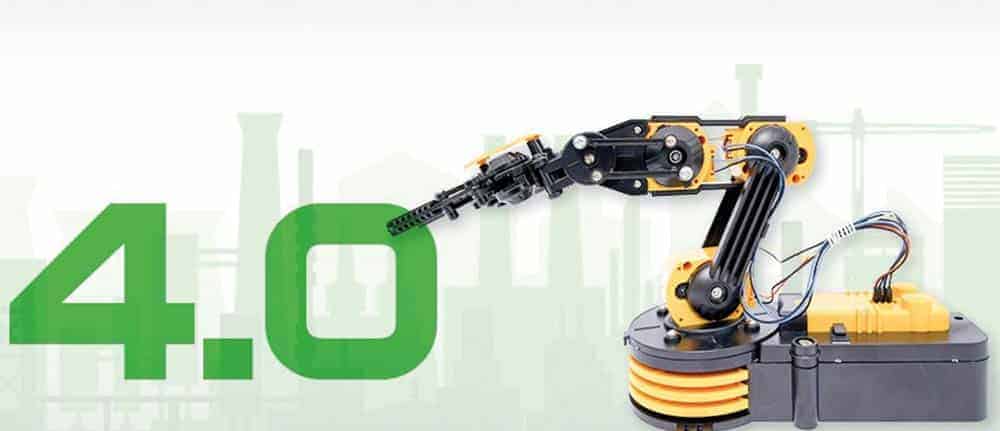Awareness is growing - the challenges are increasing


Just over a year ago, Industry 4.0 was still a largely unknown quantity. The topic is now the subject of lively debate in many companies. How can the "old" machine world with systems with a life cycle of 15 or 20 years be linked with the world of business processes and IT as a link?
For example, machines must be equipped with sensors and IT must be supplemented with new business processes that are able to bundle and evaluate the new information.
We need to find ways and opportunities. Under the heading of "digitalization", there will be more and more case studies that could be combined into "overall concepts" over the next few years.
In my opinion, one of the challenges of Industry 4.0 is the issue of standardization. Manufacturers and suppliers do not want to give up their standards, which are secured and defined by contracts, agreements with suppliers, etc., so easily.
It would be easy to discuss standards over the next few years with the aim of finding a uniform "super standard". However, it will be more important to keep up with the pace at which Industry 4.0 is being driven forward and to quickly come to a joint agreement on the expected fundamental discussions.
Other nations are already entering the race with an Agenda 2025. Here, some companies' IT architectures have not yet grown over a longer period of time and are more flexible.
Over the next few years, many European companies will probably not be able to make the transition to digitalization and the Industry 4.0 world so easily.
It might help if we gave up one or two percent of our striving for perfection and precision in favor of a faster pace of innovation.
Finding solutions for batch size ONE
The Internet of Things will open up new opportunities to get even closer to customers. This makes the topic of "batch size ONE" increasingly realistic.
However, viable solutions that do justice to both sides must first be found in the area of conflict between current business models and processes and a product that is individually tailored to the customer. This is one of the biggest challenges associated with Industry 4.0.
Throwing old ways of thinking overboard
First of all, companies should look at their existing process and IT architectures. These systems are often based on fixed roadmaps for consolidation and harmonization measures in specific time frames of three to five years.
Nevertheless, it must be possible for companies to discuss whether it might not make sense to take two steps at once. In concrete terms, this means throwing the old way of thinking from release change to release change overboard and taking the technological leap to a new Internet of Things platform.
This step requires a certain amount of entrepreneurial courage. It will not be enough to continue operating in established patterns and only tackle the issue through optimization.
In some cases, existing roadmaps would have to be redefined and perhaps even one or two IT decisions from two years ago would have to be reassessed in collaboration with the requesting department.
However, it is precisely these kinds of revolutionary measures that are needed in terms of IT architecture in order to grow out of the long tradition and into the new IT world that Industry 4.0 heralds.
It is also important that many areas work together, that research bodies and associations discuss with and among themselves, that universities shed light on the topic from their own perspective and, where possible and sensible, develop completely new skill profiles and job profiles.
In the long term, Industry 4.0 is not something that a company can implement in isolation. Only together can we all shift the lever to Industry 4.0.






